Extended Intelligences
In the past years artificial intelligence ✨ has become available to the mainstream. Photo- and video manipulation have become accessible and implementable for anyone with a smartphone.
Users of platforms such as Snapchat and Instagram use face recognizion, augmented reality and Deep Fake continuously.
As with all technological advancements these features come with negative side affects as well.
In legal terms photo, audio and video evidence have already lost their their full authenticy since anyone is able to manipulate their recordings anywhere.
In broader terms this is just the start of the decling trust in anything digital.
In a two-week course we faced the theme, discussed concepts and ethics, generated outputs and explored ways of applying it.
Assignment: Data gathering
Goals
- Exploring Poblenou's historical/contemporary contrasts
- Applying AI in design research
- Interpret patterns in large data
Process
Gathering 200 pictures. 100 of which are the most recent smartphone gallery's pictures plus another 100 shot within the Poblenou area that somehow relate to it's historical and present state.
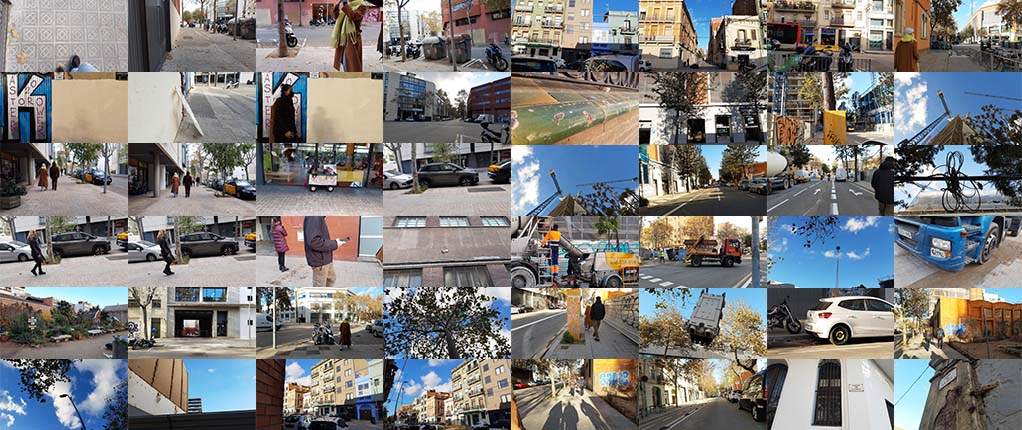
Being able to store big data offers a lot of opportunities. Looking at the folder-structure of my pc I start to realise that this might as well be the layout of my brain - or - even an extension it. These folders likely store more or different information than I remember. Collectively our class gathered 200 pictures each and centralized those by a pre-trained classificating Neural Network (PixPlot). The ±2200 images for the 100 gallery pictures each were classified as displayed below.
Results
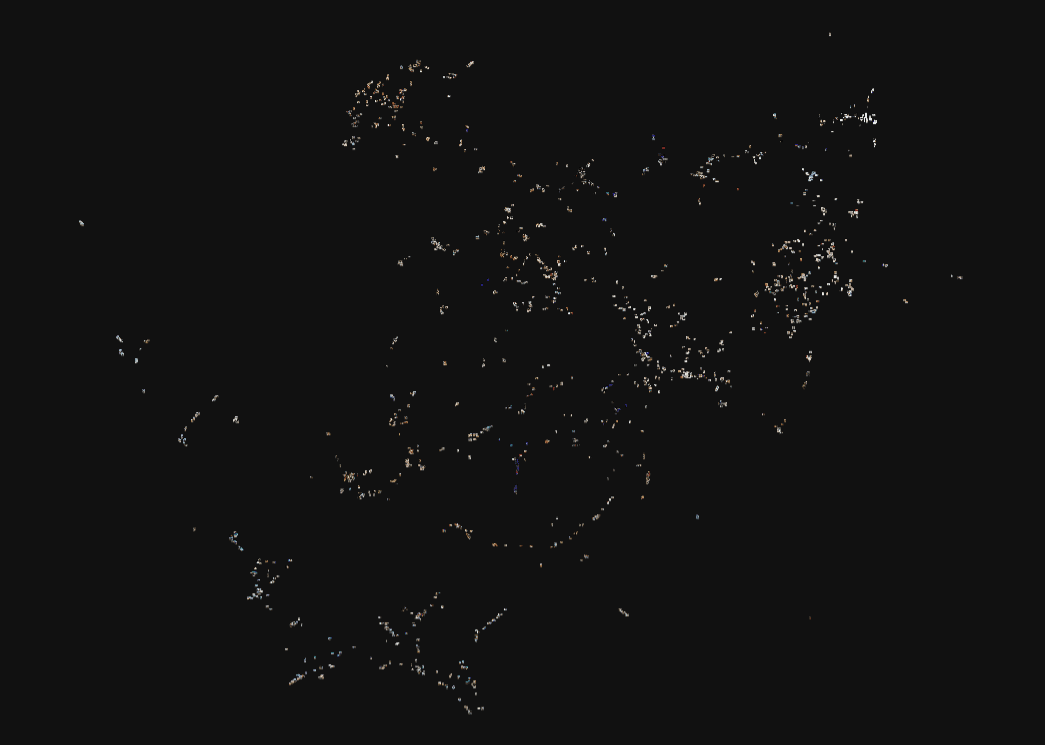
What stood out in the categorized images were the ones with bright colours, unified compositions and clear textures. For example one of ten clusters almost solely consists of images of an art-installation with blue 🔵 lights. Others were related because of clear patterns, plants, faces or buildings. Maybe not all relations within clusters were clear in terms of topics, the images - in general - would still resonate in their perspective, lay-out or colouring. Manually this could hardly have been achieved.
Assignment: Image manipulation
Goals
- Designing manipulated imagery with AI
Process
Estampa provided us access to Google Collabs with pre-written Python code. We ran this code and integrated our own images to it. Adjusting the parameters allowed us to create experimental generated results.
Results
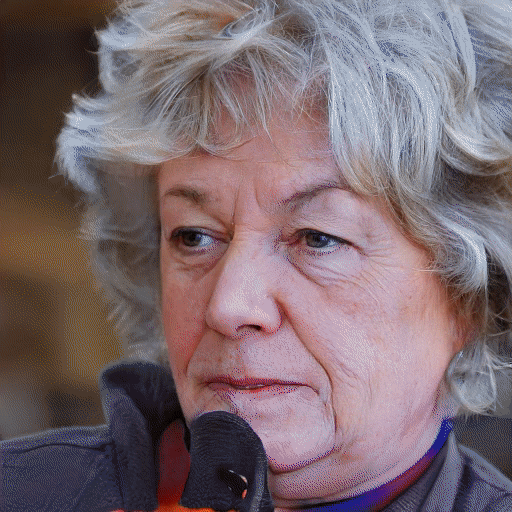
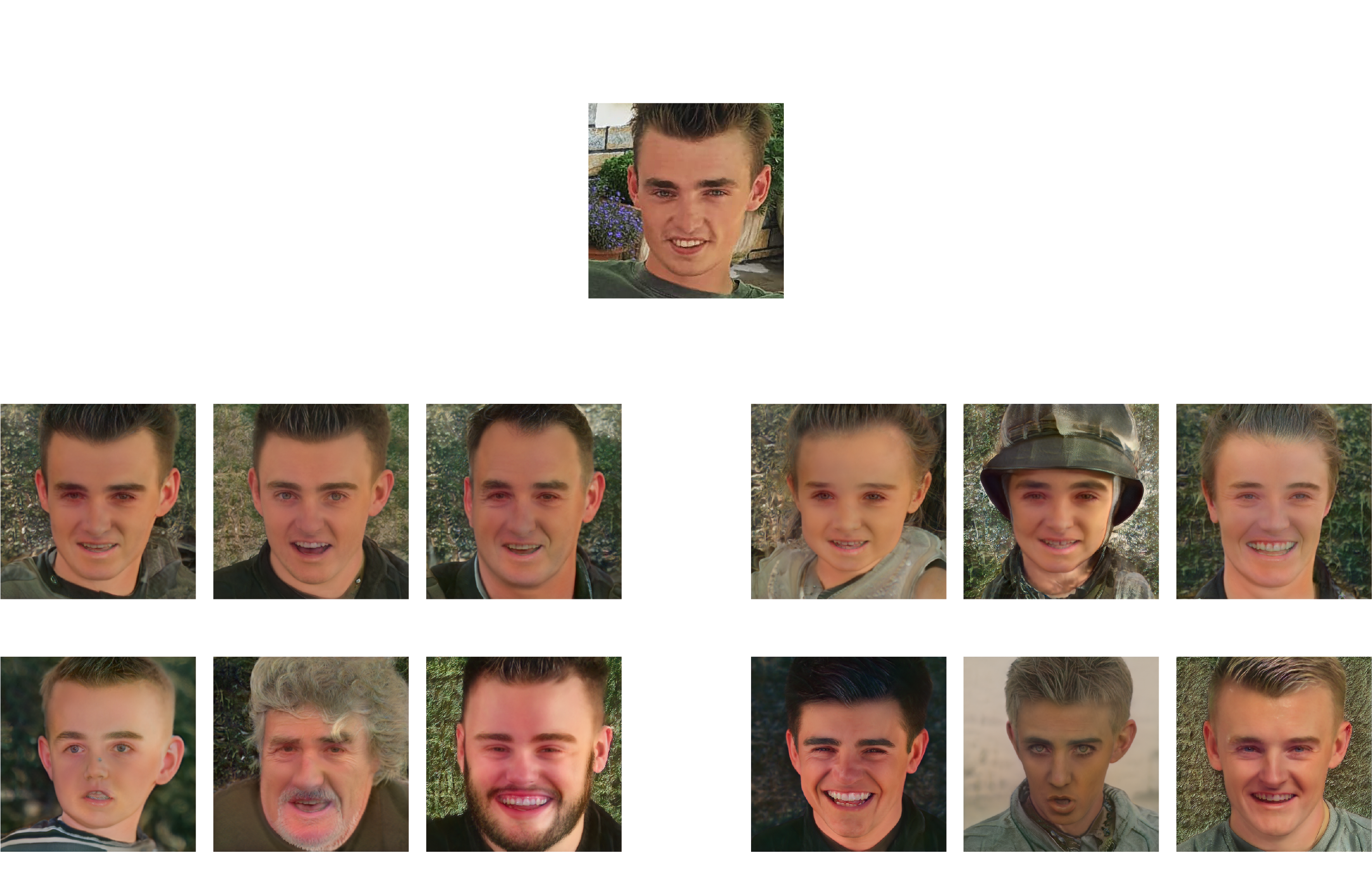

Assignment: AI in conceptual context
Goals
- Conceptualizing Machine Learning in practical scenarios
- Applying AI in the design of (physical) products
Process
Fractals
As a side-path experiment related to extended intelligences we explored the working of fractal design as a tool of layerizing shapes.

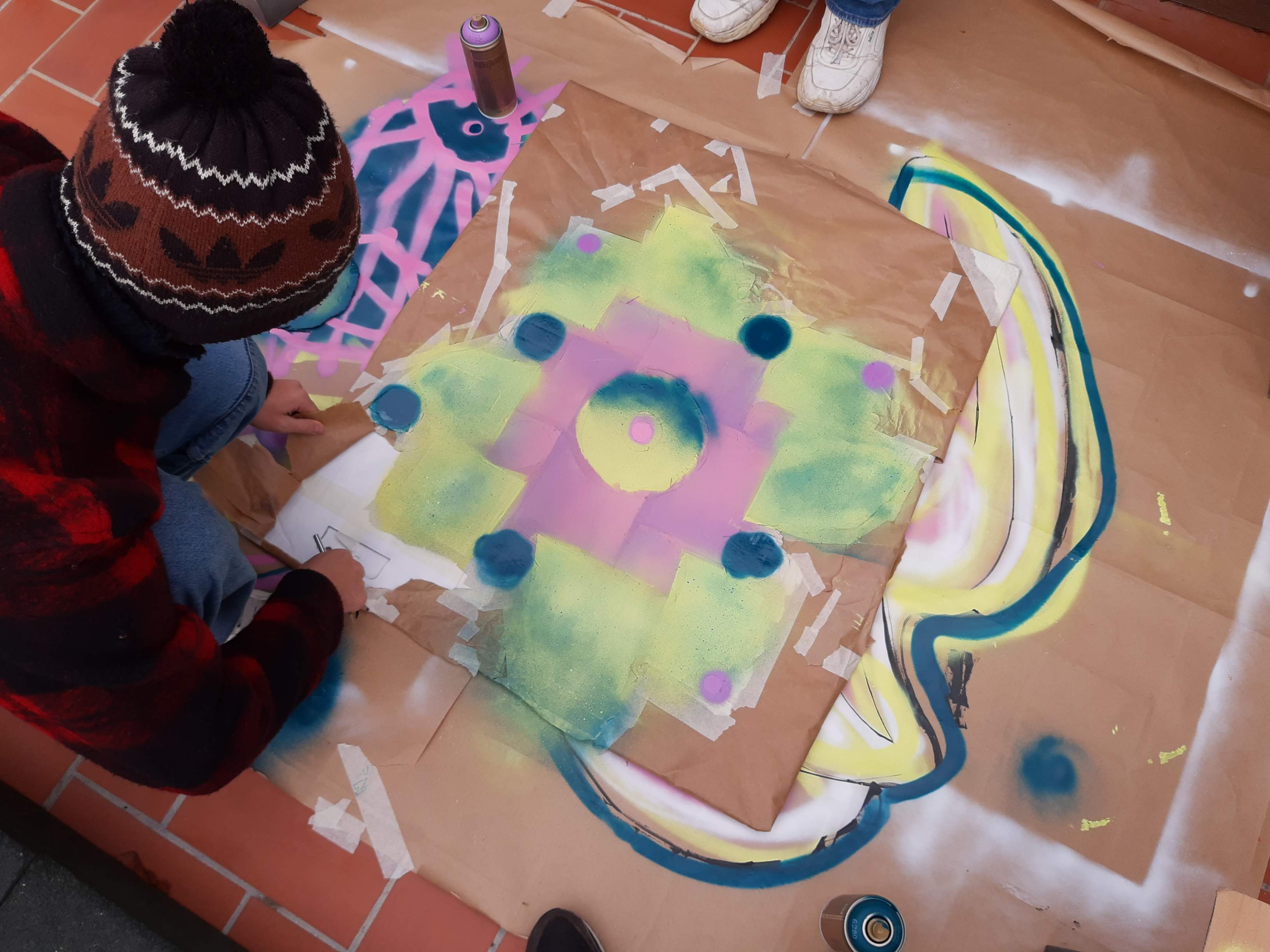
Articles: "AI is an ideology, not an technology." - Wired.com,
By Ruben de Haan on December 3rd, 2021